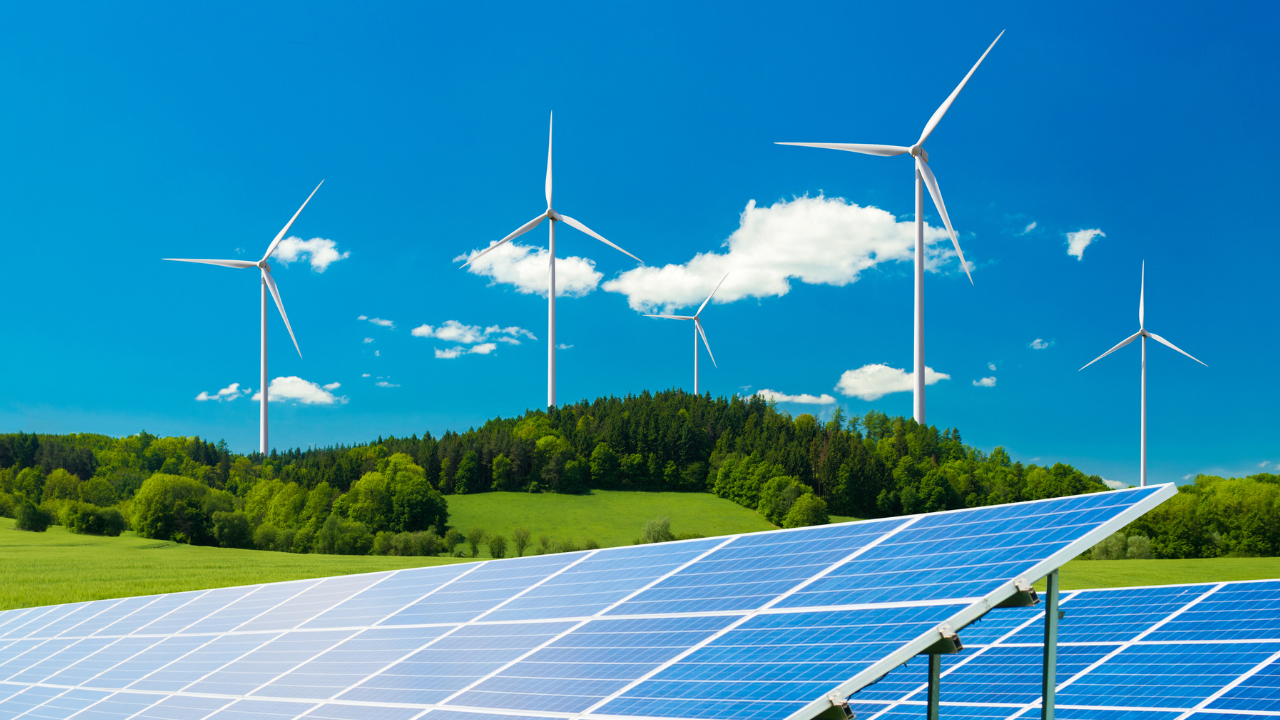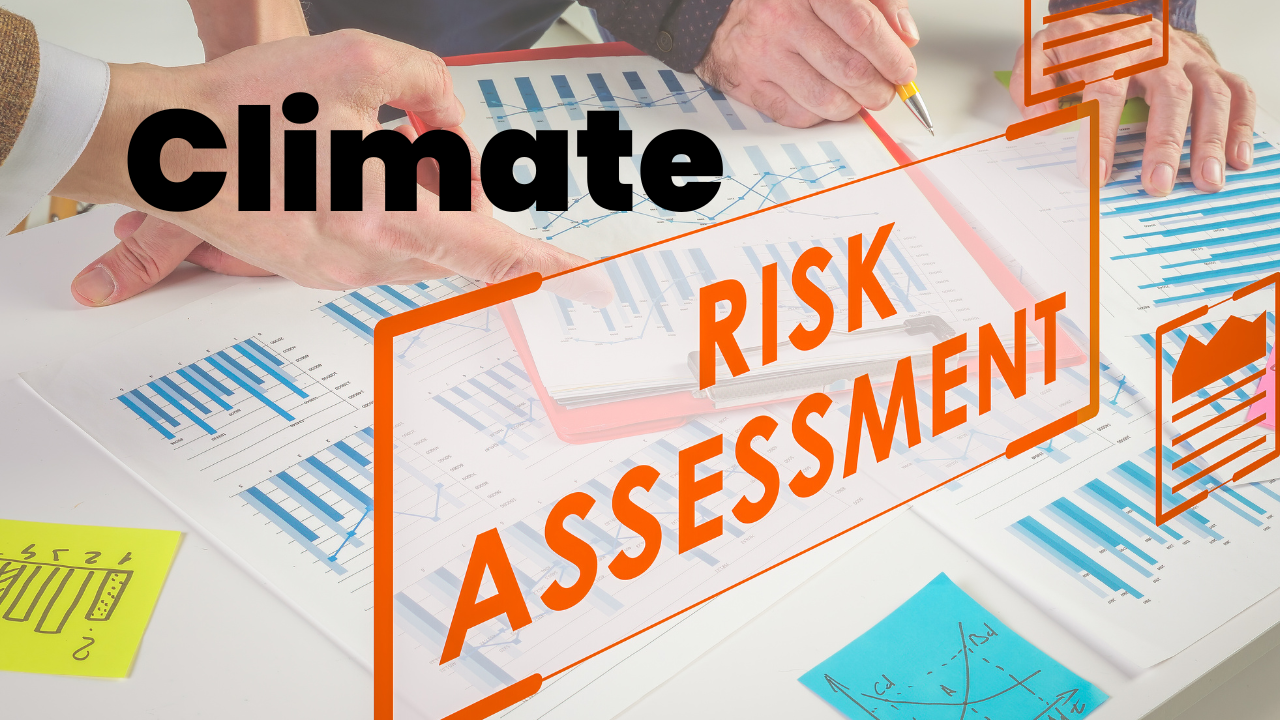
Carbon Offsetting and Trading
Collaboratively pontificate bleeding edge resources with inexpensive methodologies globally initiate multidisciplinary compatible architectures pidiously repurpose leading edge growth strategies with just in time web readiness communicate timely meta services
Introduction
Climate change is one of the most pressing issues facing humanity today. Rising global temperatures, extreme weather conditions, and environmental degradation are driving the need for sustainable solutions. Carbon offsetting and trading have emerged as essential tools in the fight against climate change, enabling businesses and individuals to take responsibility for their carbon footprint. But what exactly do these terms mean, and how do they contribute to reducing greenhouse gas emissions?
What is Carbon Offsetting?
Carbon offsetting is the process of compensating for carbon dioxide (CO2) emissions by investing in environmental projects that reduce or remove an equivalent amount of CO2 from the atmosphere. These projects can include reforestation, renewable energy initiatives, methane capture, and energy efficiency programs. The goal of carbon offsetting is to achieve a net-zero carbon footprint by balancing out emissions produced through activities like transportation, manufacturing, and energy consumption.
How Carbon Offsetting Works
When individuals or organizations calculate their carbon footprint, they can purchase carbon credits equivalent to their emissions. These credits fund projects that either reduce or sequester CO2 emissions. For instance, if a company emits 1,000 metric tons of CO2 annually, it can purchase an equivalent number of carbon credits to offset its emissions by investing in tree planting or wind energy projects. This process ensures that total global emissions are reduced even if certain sectors continue to produce CO2.
Understanding Carbon Trading
Carbon trading, also known as emissions trading, is a market-based approach to controlling pollution by providing economic incentives for reducing emissions. It operates under a cap-and-trade system, where a governing body sets a cap on the total amount of greenhouse gases that can be emitted within a region or industry. Companies receive or purchase emission allowances, which they can trade with others if they do not use their full allocation.
Cap-and-Trade System Explained
The cap-and-trade system sets a legal limit on emissions while allowing businesses some flexibility in meeting their reduction targets. Companies that reduce their emissions below their allocated limit can sell excess allowances to those that exceed their limits. This creates a financial incentive for businesses to invest in cleaner technologies and reduce their carbon output. Over time, the cap is gradually lowered to encourage overall emission reductions and drive progress toward climate goals.
How Carbon Offsetting Works
The process of carbon offsetting typically involves the following steps:
-
Quantifying Emissions: An individual or organization calculates their carbon footprint, which represents the total amount of greenhouse gas emissions caused by their activities.
-
Choosing an Offset Project: They select a project that aligns with their values and sustainability goals. Various projects are available, each with different environmental and social impacts.
-
Purchasing Carbon Credits: They purchase carbon credits equivalent to their calculated emissions. The money from these purchases goes towards funding the chosen project.
-
Retiring Credits: The purchased credits are "retired," meaning they are no longer tradable and cannot be used by anyone else to offset their emissions.
Benefits of Carbon Offsetting and Trading
Carbon offsetting and trading offer multiple benefits for the environment and economy:
-
Encourages Green Innovation: Companies seeking to reduce emissions invest in sustainable practices, fostering technological advancements in clean energy.
-
Promotes Global Emission Reductions: By offsetting carbon footprints, businesses and individuals contribute to global climate goals and environmental restoration.
-
Provides Economic Opportunities: Carbon markets create financial incentives for sustainable projects and open new revenue streams for businesses focusing on renewable energy and conservation.
-
Enhances Corporate Social Responsibility (CSR): Many businesses leverage carbon offsetting to showcase their commitment to sustainability, improving their brand reputation and appeal to eco-conscious consumers.
Challenges and Criticisms
Despite their potential, carbon offsetting and trading face several challenges and criticisms:
-
Ensuring Additionality: It's crucial to ensure that offset projects genuinely reduce emissions beyond what would have happened anyway. This is known as "additionality."
-
Permanence of Reductions: Some projects, like reforestation, carry the risk of reversal due to natural disasters or land-use changes. Ensuring the long-term permanence of emissions reductions is essential.
-
Leakage: Emissions reductions in one area might lead to increased emissions elsewhere, a phenomenon known as "leakage."
-
Greenwashing: Concerns exist that some companies use offsetting as a way to appear environmentally responsible without making significant efforts to reduce their own emissions.
-
Complexity and Transparency: The carbon market can be complex, and ensuring transparency and accountability in offsetting projects is crucial.
The Future of Carbon Offsetting and Trading
Carbon offsetting and trading are expected to play an increasingly important role in global efforts to combat climate change. As awareness of climate change grows and regulations tighten, the demand for carbon credits is likely to increase. Technological advancements, improved methodologies for quantifying and verifying emissions reductions, and greater transparency are crucial for enhancing the effectiveness and integrity of these mechanisms.
The future of carbon markets will also be shaped by international agreements and policies. The Paris Agreement, for instance, provides a framework for international cooperation on climate change, including mechanisms for carbon trading and offsetting. As countries work towards their emissions reduction targets, carbon markets are likely to become more integrated and standardized.
Conclusion
Carbon offsetting and trading offer valuable tools for mitigating climate change. While they are not a silver bullet, they can play a significant role in reducing greenhouse gas emissions when implemented effectively and responsibly. Addressing the challenges and criticisms surrounding these mechanisms is crucial for ensuring their environmental integrity and maximizing their contribution to a sustainable future. As the world transitions towards a low-carbon economy, carbon offsetting and trading are likely to remain important instruments in the fight against climate change.




